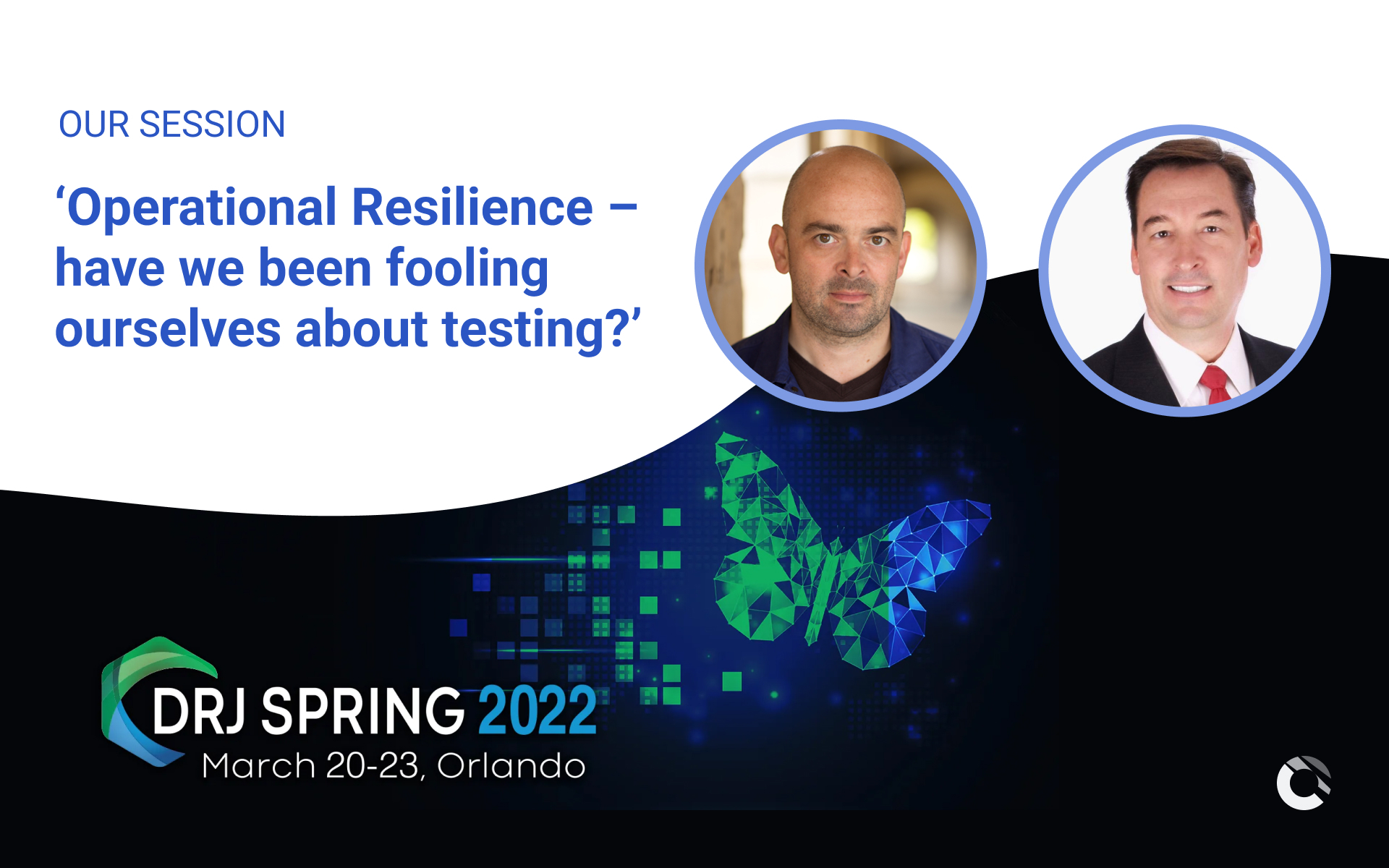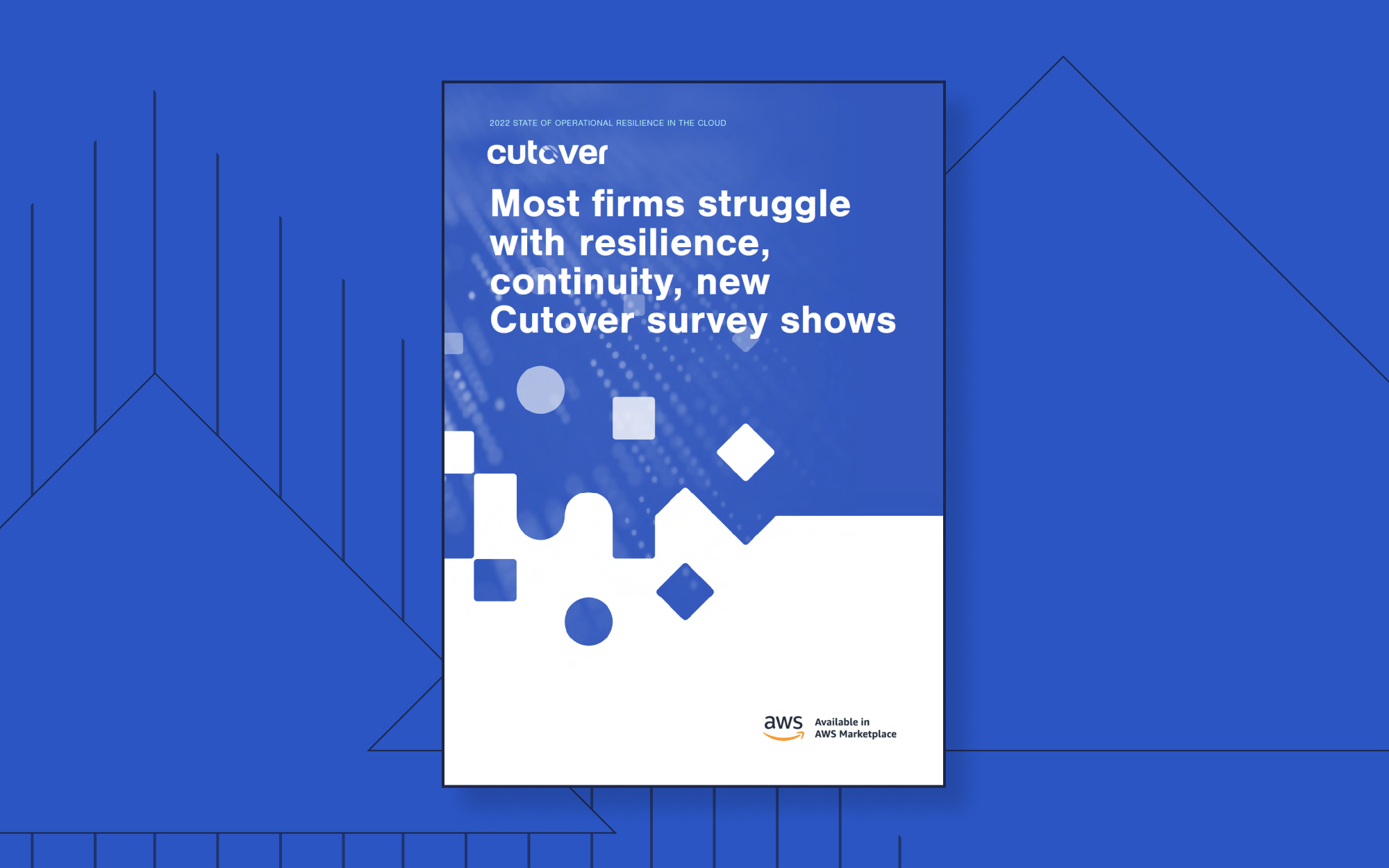Financial services organizations are increasingly embracing the adoption of innovative technologies, including those that allow increased automation which can help to streamline and simplify parts of the banking value chain. Though automation can provide better and faster services with lower cost and risk, it cannot replace the need for people altogether. Human-led critical change events remain a key part of banking and are still the main vehicles for major change.
What are the challenges around human orchestration?
With the push towards increased automation and the excitement around new technologies, the focus has mainly been on technical areas such as release processes and customer-facing applications. There still remains a significant amount of effort that goes into human orchestration within banking system change. The increased prevalence of geographically diverse teams makes this human orchestration even more difficult.
The amount of time and effort that goes into coordinating teams, particularly during high-risk periods such as critical IT change events, means that managers spend a lot of their time trying to keep on top of status and communications. This limits their ability to focus on the progress of the event itself and could prevent them from being able to deal properly with issues that arise during the course of a live Run.
A lack of support for human orchestration activities can make the running of critical IT events inefficient. A lack of good communication can mean that some teams will have to choose between locally optimizing, causing tasks to be done out of order, or awaiting instructions and doing nothing, leading to delays.
When geographically diverse, or even collocated teams, do not have all the up-to-date information that they need, the event cannot work as a cohesive whole and mistakes are more likely to be made. Aiding the human orchestration process helps everyone on the team to remain on the same page.
Methods such as emails, phone calls, and spreadsheets have been commonly used for so long that the inefficiency, unnecessary delays, stress and related problems seem like an unavoidable reality of running a critical event. However, there is a better way to deal with complex human orchestration that takes this administrative burden off of managers while keeping them involved. These key people are still required to safeguard the process and to demonstrate accountability and the integrity of the change.
So what's the solution?
Automated tools can help take the pressure off of key individuals and allow them to focus on handling more processes and rapidly acting on exceptions. Rather than automation allowing a business to do the same thing with fewer people, it should allow the same amount of people to do much more by freeing them from monotonous, repetitive or administrative tasks. Toolsets that assist human orchestration can reduce the work that goes into administrative tasks such as coordination, yet still enable human intervention at the right times to ensure the success of complex events.
The importance of, and problems around, complex human orchestration are often overlooked when it comes to technological innovation. Cutover is a work orchestration & observability platform that aims to assist teams in their work and improve the human orchestration processes in change, resilience, transformation and operational readiness.











